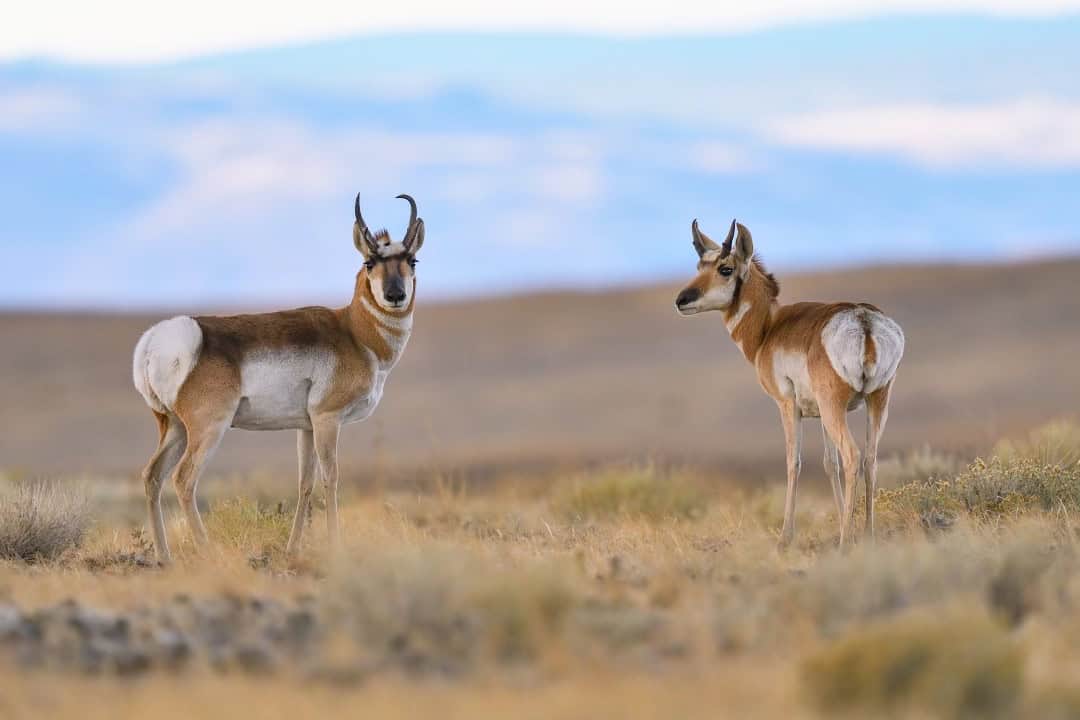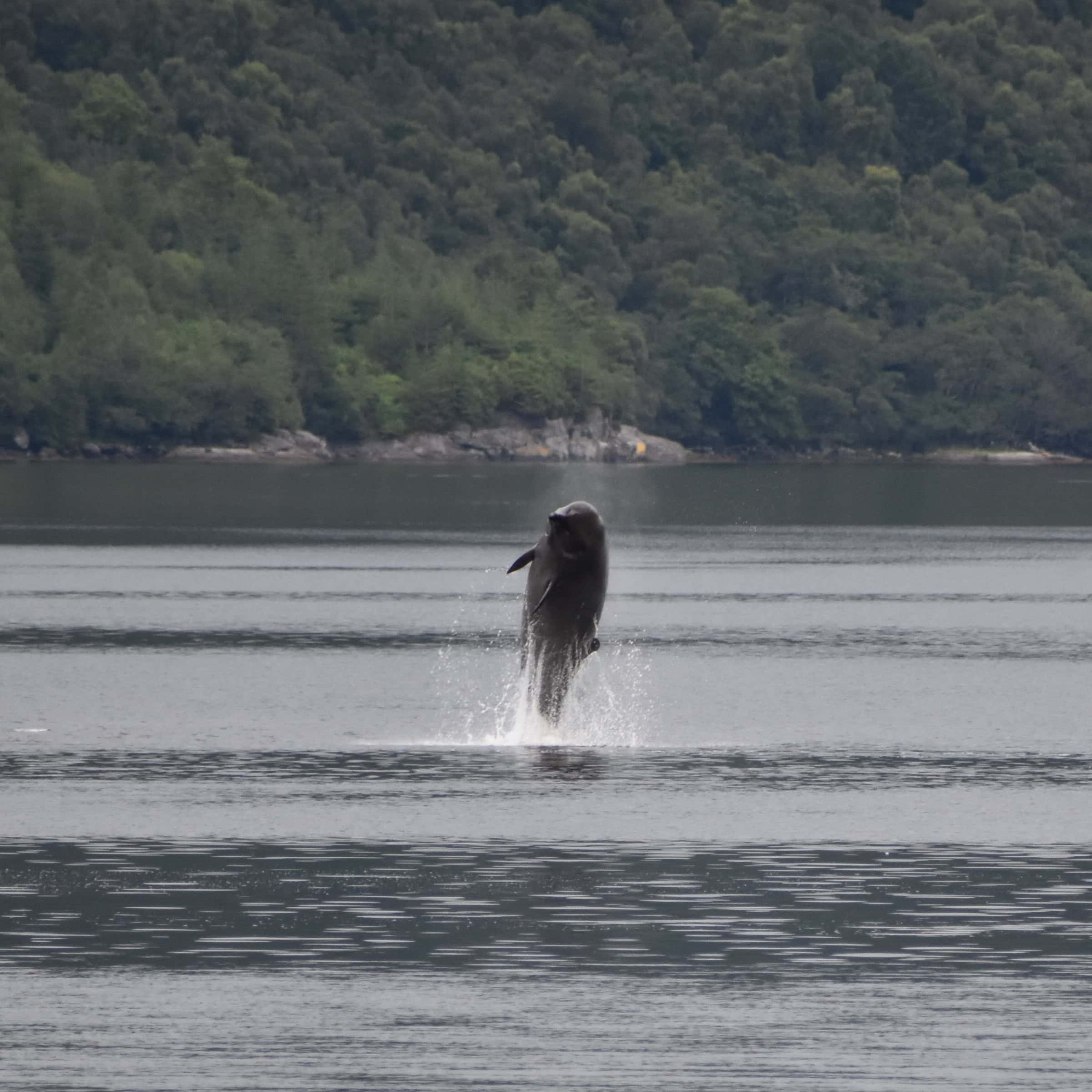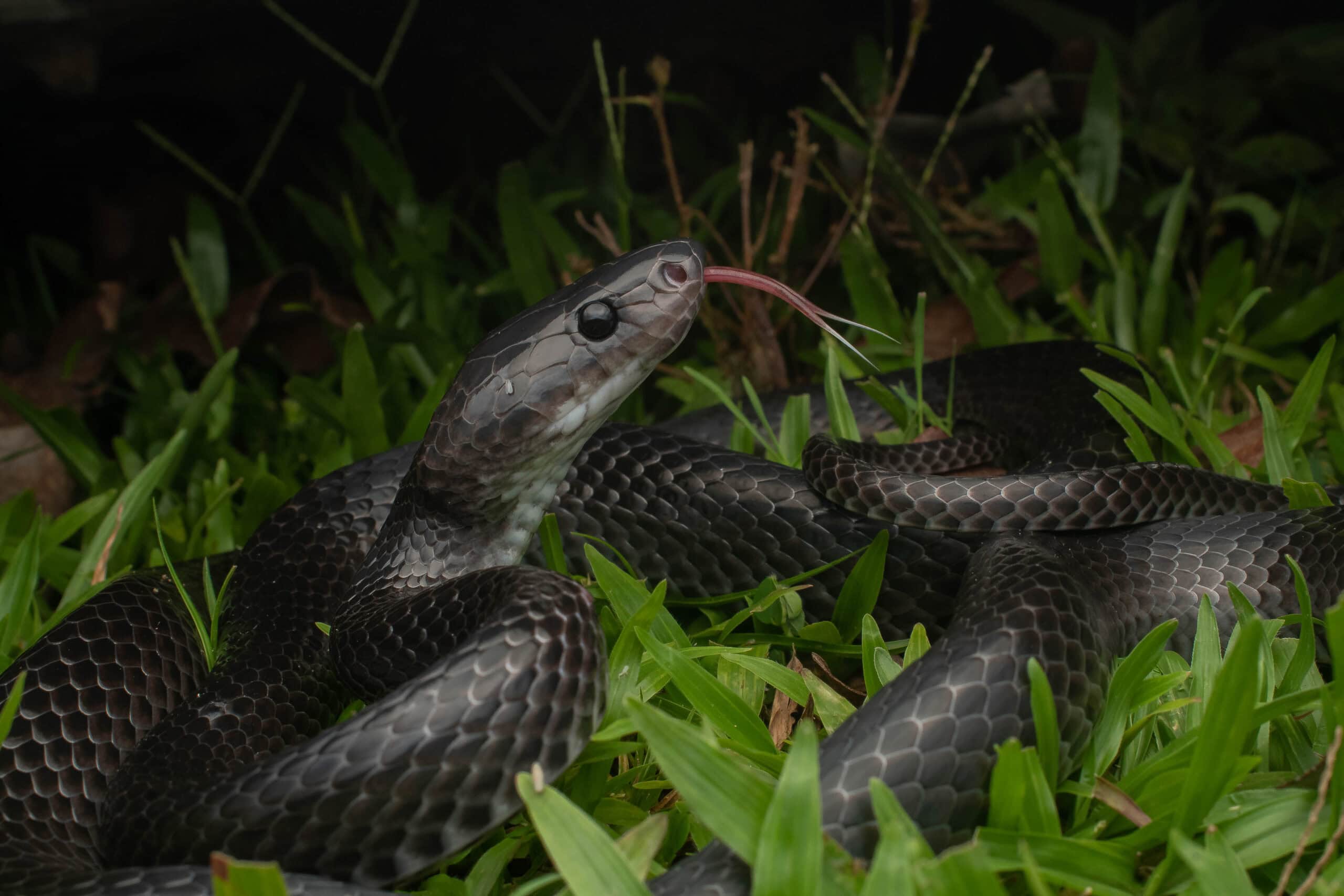Share this article
Study says ‘Unprecedented threats’ to bats in National Parks
Researchers studying bat populations throughout the U.S. national park system say a “strategic conservation response” is needed to protect bats from what they call “unprecedented threats from disease and rapid environmental change.”
“Essentially all of our parks have at least one bat, except in Northern Alaska, and all of these parks are likely to be experiencing some decline [in bat populations] in the coming years if not already,” said Tom Rodhouse, an ecologist with the National Park Service Inventory and Monitoring Program and a member of The Wildlife Society. Data from the newly published study in Ecosphere has been used to strategically allocate funding, Rodhouse said, and could help the Park Service understand how to better deal with the deadly disease white-nose syndrome, which is killing bats across the country.
In the past decade, bats have come to face new and very serious threats from white-nose syndrome, wind energy development and climate change. But “we never really had anyone review what we know about bats in the parks,” Rodhouse said. The Park Service not only provides habitat for bats but, “is a place to do bat conservation on behalf of the whole country and society at large,” he said.
As part of the study, lead author Rodhouse and his colleagues used a database created by the Park Service called NPSpecies launched in 2000, in which all known species in the parks are recorded, to determine how many bat species were present in which parks. The researchers then looked at how different known threats may affect bats in these parks.
The team tallied 50 bat species, including three federally listed subspecies, in the park system and as many as 50 parks that are home to more than 10 bat species, including Big Bend National Park in Texas, with 21 different bats.
Rodhouse and his team then compared their lists with published range maps from NatureServe, a wildlife conservation nonprofit organization that provides conservation tools and the International Union of Conservation of Nature, an international organization working on nature conservation. They discovered that only 19 percent of the parks reported more than 90 percent of the bat species that were expected to occur based on the range maps. He said this suggests there is substantial under-sampling and under-reporting of bats on NPS land, but inadequate range maps and missing habitat components may explain some of these discrepancies as well.
“It was a big endeavor,” Rodhouse said. “It took a lot of time to work up the datasets and explore where the holes were.”
Looking at the number of caves and mines in the parks, which Rodhouse said are important for winter hibernation and pup rearing during the summer, as well as park size and geographic location, the team created a model to predict bat species richness, or diversity and number of species. “There’s a clear and substantial relationship in the statistical models not only between bat diversity and park size and latitude, which we expected, but also between bat diversity and the numbers of caves and mines within a park,” he said.
Rodhouse and his team also predicted how white-nose syndrome may affect bats in different parks. In addition to the 11 parks already confirmed to have bats with white-nose syndrome, they found well over 100 parks from coast to coast that are likely to have the disease within a decade.
They also analyzed how land-use change, wind energy and climate change may affect bats in different parks. “Bats are often overlooked, and that’s the unfortunate history of bats and bat conservation,” Rodhouse said. “Doing this analysis, we’re taking stock of what we do have. Our national parks are home to an incredible diversity of bats and bat habitats. We have an obligation to do bat conservation especially in areas that can be long-term refugia for bats. The park service has an important role to play in the future of American bat conservation.”
Header Image:
A Townsend’s big-eared bat flies through a cave in Craters of the Moon National Park in Idaho.
©Michael Durham








